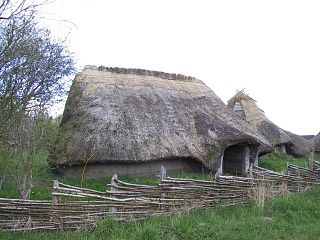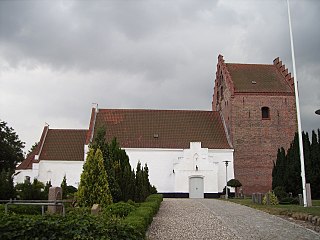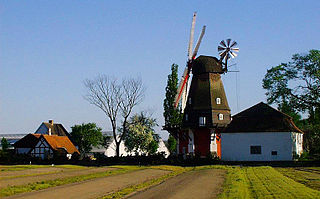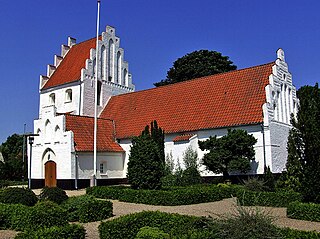5 Sights in Odense N, Denmark (with Map and Images)
Legend
Welcome to your journey through the most beautiful sights in Odense N, Denmark! Whether you want to discover the city's historical treasures or experience its modern highlights, you'll find everything your heart desires here. Be inspired by our selection and plan your unforgettable adventure in Odense N. Dive into the diversity of this fascinating city and discover everything it has to offer.
1. Odins Odense

The Iron Age village of Odin's Odense is a small, independent open-air museum on the outskirts of Odense with Iron Age houses as they looked about 2000 years ago. In the houses, there is a brief history of the conditions of the Iron Age and the living conditions under which people of that time lived. In Odin's Odense, information is given about the time from the Pre-Roman Iron Age to the Viking Age 793 e.Kr – 1050 AD. Kr.
2. Lumby Mølle
Lumby Mill is a windmill, located north of Odense on Funen. It was built in 1820, is of the type "Dutch windmill with gallery" and painted grain until 1965. In 1988, it was depicted on a 3-kroner stamp and was nicknamed the Stamp Mill.
3. Allesø Kirke
Allesø Church is a church in the village of Allesø, northwest of Odense. The village is mentioned for the first time in 1383, while the church does not appear until 1524-26, when it paid the low rate, 10 marks.
4. Lumby Kirke

Lumby Church is a church in Lumby Parish in Odense Municipality. Its oldest parts are probably from the 1200s, and the parish is mentioned as early as 1231 in King Valdemar's Land Book, where it belonged to the king's ancestral estate. The estate was inherited to Valdemar the Victorious's nephew, Otto of Braunschweig-Lünenburg, and when his heirs' sale of the estate was confirmed in 1300, it is mentioned that the estate also included "what in the vernacular is called the church fief", i.e. presumably the right of patronage. It apparently came back to the Crown in 1357 and was later located at Næsbyhoved.
5. Næsbyhoved Broby Kirke

Næsbyhoved-Broby Church is a church in Næsbyhoved-Broby Parish in Odense Municipality. The church is late Romanesque, but first appears in preserved sources in the first half of the 14th century, when a Mrs. Margareta gave it some gifts. In 1482 it was testified at a parish meeting in the village that Hans Barsebek's ancestors had both had the church built and donated the land on which it was erected, as well as the vicarage. Consequently, Hans Barsebek was recognized as the owner of the church. It remained in the possession of his increasingly distant descendants until 1578, when Christoffer Valkendorf of Glorup exchanged it with King Frederik II. However, the change of ownership was reversed after Valkendorf's death, and the church was probably owned by this family until 1661. After this, it was in changing ownership until the transition to freehold on 1 January 1916.
Share
How likely are you to recommend us?
Disclaimer Please be aware of your surroundings and do not enter private property. We are not liable for any damages that occur during the tours.

